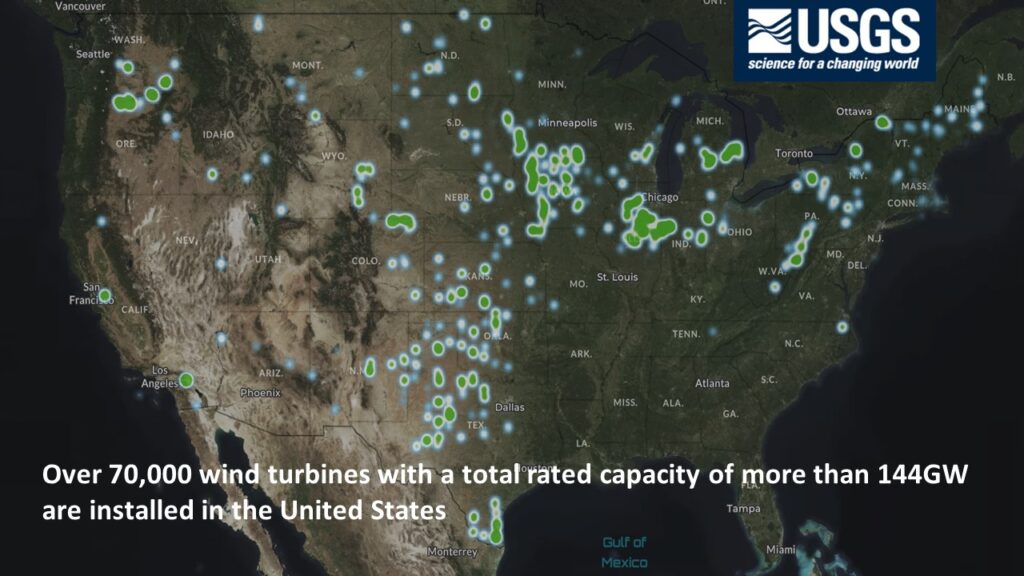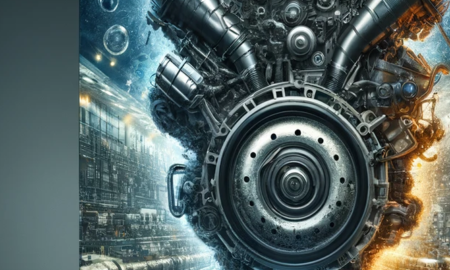20
Feb
Common wind turbines in the US market

Table of Contents
- General Posting with the Most Common Wind Turbines in the US Market
- The Importance of Wind Energy
- Model Types of Wind Turbines
- 1. Horizontal Axis Wind Turbines (HAWT)
- 2. Vertical Axis Wind Turbines (VAWT)
- Physical Location Map of Wind Turbines
- Conclusion
Most Common Wind Turbines in the US Market
Wind energy has become an increasingly popular source of renewable energy in the United States. With its numerous benefits, including reduced greenhouse gas emissions and job creation, wind power has gained significant traction in recent years. In this article, we will explore the most common wind turbines in the US market, including their model types and physical locations.The Importance of Wind Energy
Before delving into the specific wind turbine models, it is crucial to understand the significance of wind energy in the US. According to the American Wind Energy Association (AWEA), wind power accounted for over 7% of the total electricity generated in the country in 2020. This clean and renewable energy source has the potential to reduce carbon emissions and combat climate change.Model Types of Wind Turbines
There are several different types of wind turbines used in the US market. Each model has its unique characteristics and advantages. Let’s explore some of the most common ones:1. Horizontal Axis Wind Turbines (HAWT)
HAWTs are the most prevalent type of wind turbines in the US. They feature a horizontal rotor shaft and blades that rotate around a vertical axis. HAWTs are highly efficient and can generate a significant amount of electricity. Some popular HAWT models include:- Vestas V90-3.0 MW: This model has a capacity of 3 megawatts (MW) and is widely used in wind farms across the US.
- GE 1.5 MW: The GE 1.5 MW turbine is one of the most widely deployed wind turbines in the country, with over 20,000 units installed.
- Siemens Gamesa SG 5.0-145: With a capacity of 5 MW, this turbine is known for its high efficiency and reliability.
2. Vertical Axis Wind Turbines (VAWT)
Unlike HAWTs, VAWTs have a vertical rotor shaft and blades that rotate around a horizontal axis. While less common than HAWTs, VAWTs have their advantages, such as the ability to capture wind from any direction. Some notable VAWT models include:- Quiet Revolution QR5: This compact VAWT is often used in urban areas due to its low noise levels and aesthetic appeal.
- Helix Wind S322: The Helix Wind S322 is a small-scale VAWT suitable for residential and commercial applications.
Physical Location Map of Wind Turbines
Wind turbines are strategically located across the United States to maximize their energy generation potential. The following map highlights some of the key areas with significant wind power installations:Conclusion
Wind energy plays a crucial role in the US market, contributing to a cleaner and more sustainable future. Understanding the different wind turbine models and their physical locations is essential for harnessing the full potential of wind power. By investing in renewable energy sources like wind, the US can reduce its reliance on fossil fuels and mitigate the impacts of climate change. As technology continues to advance, we can expect further innovations in wind turbine design and increased adoption of wind power across the country. By embracing wind energy, the US can pave the way for a greener and more sustainable future.
In-House remanufactured Carrier compressors
When it comes to air conditioning systems, Carrier is a name that stands out. Known for their high-quality products....
Revolutionizing Diesel Purification with Waagene Purifiner Technology
Diesel fuel quality is paramount for the efficient operation of engines...

